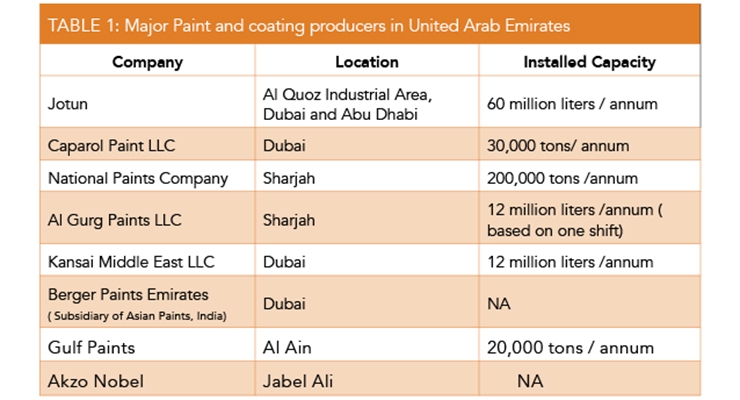Seasonal Consider Commercial Exterior Paint: Trick Insights You Must Understand
Seasonal Consider Commercial Exterior Paint: Trick Insights You Must Understand
Blog Article
Author-Korsholm Whalen
When you're planning a business outside painting task, seasonal factors can make or break your outcomes. You'll intend to consider exactly how temperature level and humidity influence paint application and drying out times. Selecting the appropriate period can guarantee your paint adheres properly and lasts much longer. Yet which take a look at the site here are truly the very best for this sort of work? Let's explore the crucial elements that can affect your task's success.
The Effect of Temperature Level on Paint Application
When you're planning a business external painting task, the temperature level can substantially affect just how well the paint sticks and dries out.
Ideally, you intend to repaint when temperature levels range between 50 ° F and 85 ° F. If it's as well chilly, the paint may not heal properly, leading to problems like peeling or splitting.
On the other side, if it's as well warm, the paint can dry as well quickly, stopping appropriate attachment and causing an unequal surface.
You ought to additionally think about the moment of day; morning or late afternoon uses cooler temperature levels, which can be a lot more favorable.
Always inspect the producer's recommendations for the particular paint you're utilizing, as they frequently give assistance on the excellent temperature level variety for optimum results.
Moisture and Its Effect on Drying Times
Temperature isn't the only ecological variable that affects your commercial external painting task; humidity plays a substantial duty too. High humidity levels can slow down drying times considerably, impacting the total quality of your paint work.
When the air is saturated with dampness, the paint takes longer to treat, which can result in issues like poor adhesion and a higher danger of mildew development. If you're repainting on a particularly damp day, be gotten ready for prolonged delay times in between layers.
It's essential to check neighborhood climate condition and strategy accordingly. Ideally, aim for humidity levels between 40% and 70% for ideal drying.
Maintaining these factors in mind ensures your task stays on track and delivers a long-term coating.
Best Seasons for Commercial Outside Paint Projects
What's the best time of year for your industrial outside paint projects?
Spring and early loss are generally your best bets. During these seasons, temperature levels are mild, and moisture levels are often reduced, developing perfect problems for paint application and drying.
Stay clear of summertime's intense heat, which can create paint to completely dry also rapidly, resulting in inadequate attachment and surface. Similarly, winter's chilly temperatures can impede proper drying out and treating, running the risk of the durability of your paint task.
Go for days with temperature levels in between 50 ° F and 85 ° F for optimal outcomes. Keep in mind to examine the neighborhood weather report for rain, as wet conditions can spoil your job.
Planning around these variables guarantees your paint project runs smoothly and lasts longer.
Conclusion
Finally, preparing your industrial outside paint projects around seasonal considerations can make a substantial difference in the outcome. By local house painting during the ideal temperature levels and humidity levels, you'll guarantee much better adhesion and drying times. Keep in mind to watch on regional weather report and pick the right time of year-- springtime and very early autumn are your best bets. Taking these steps will help you achieve a long lasting and professional coating that lasts.
